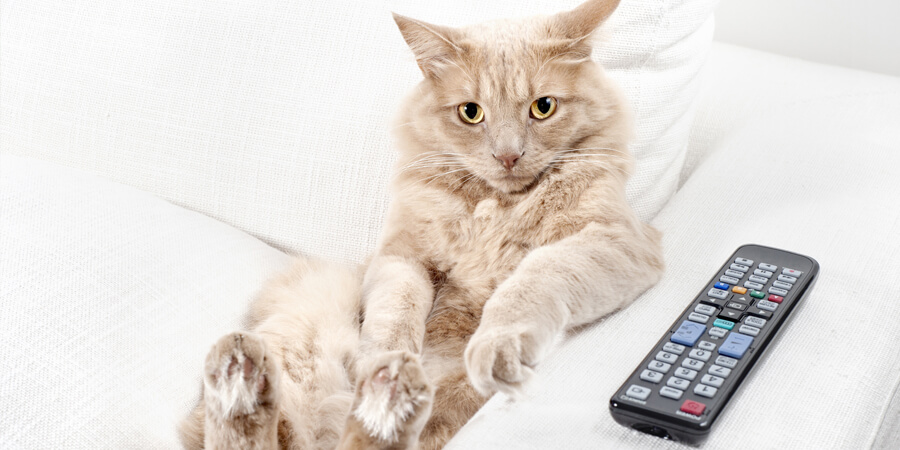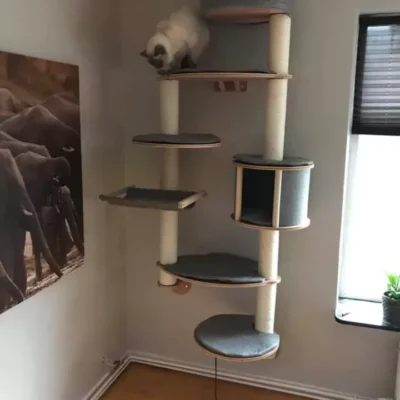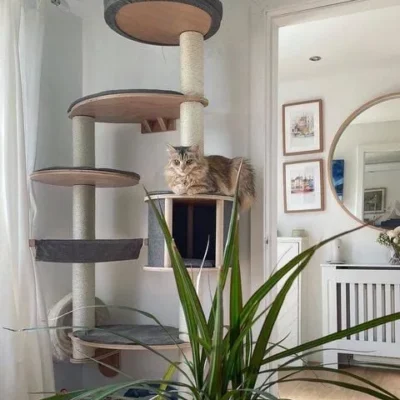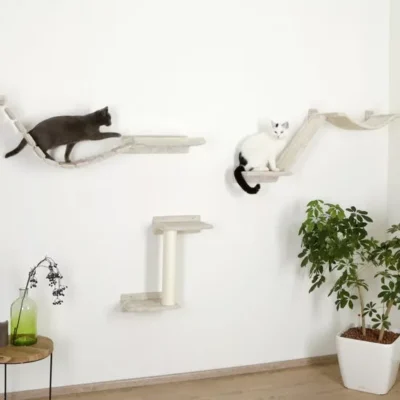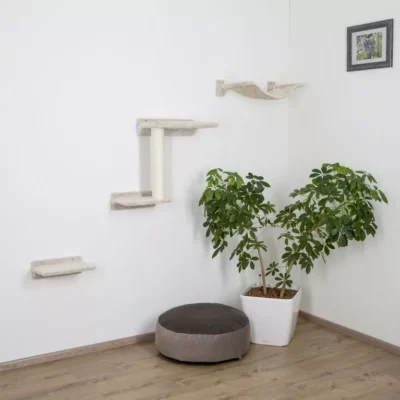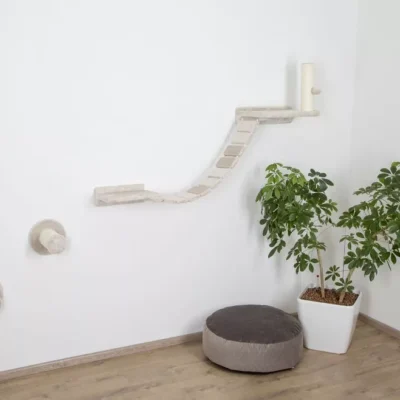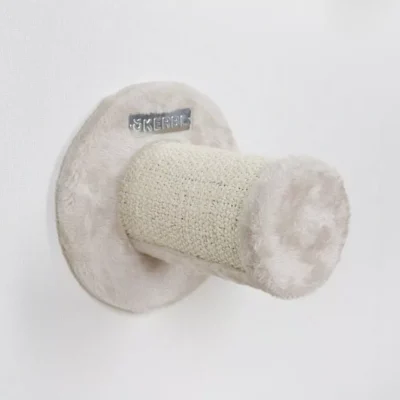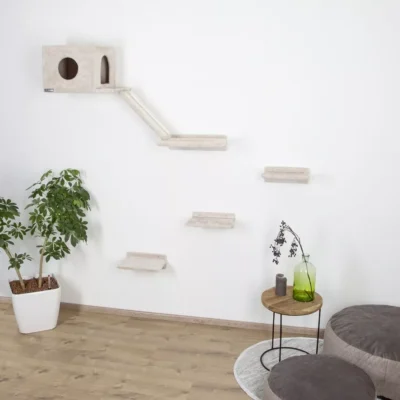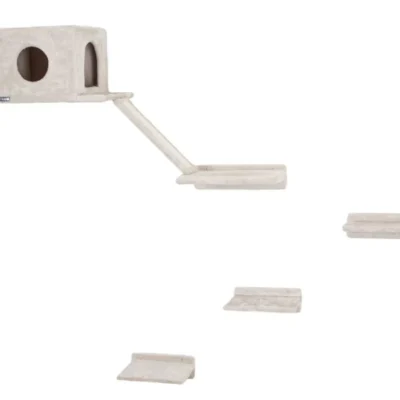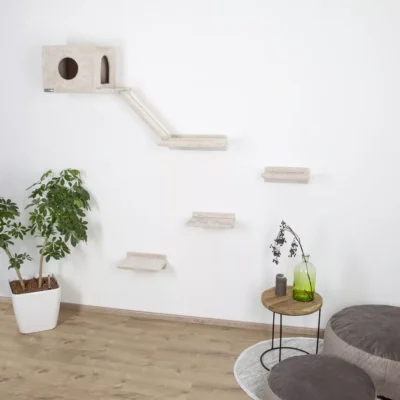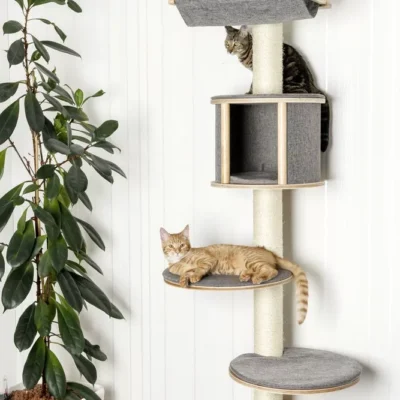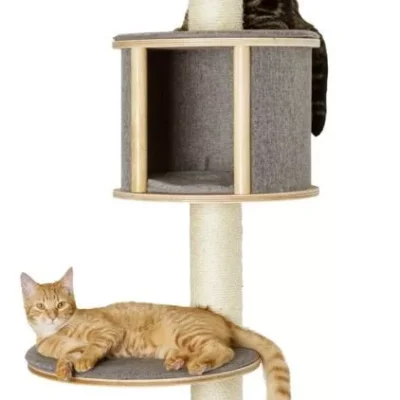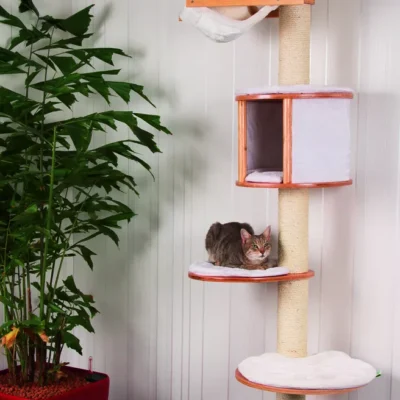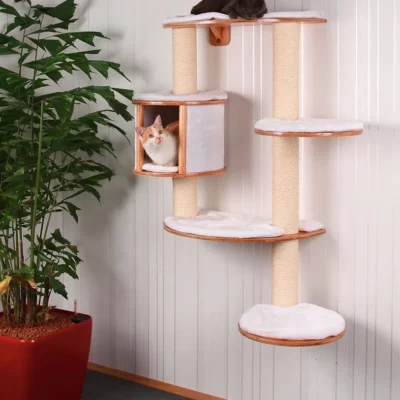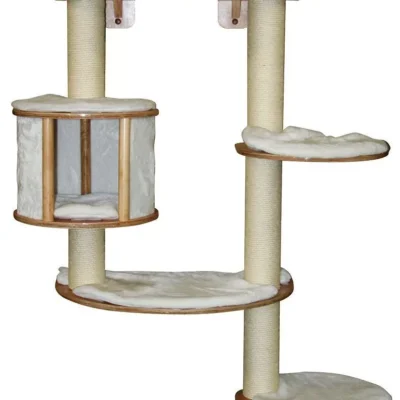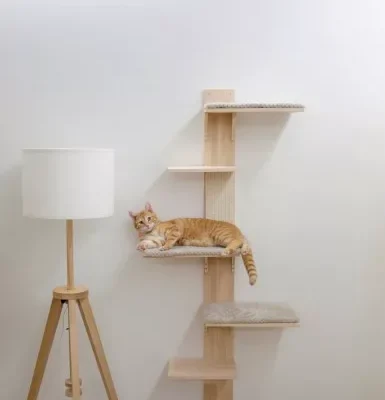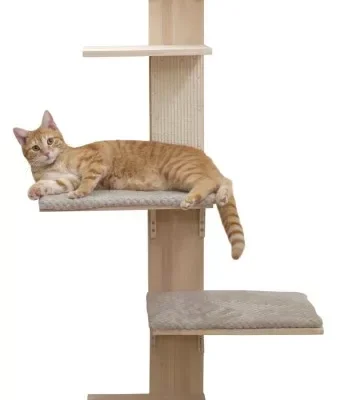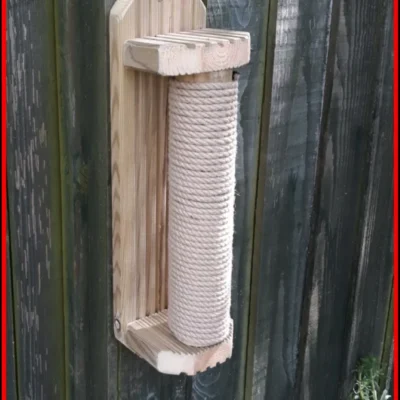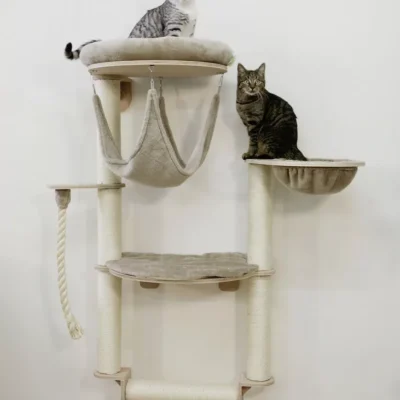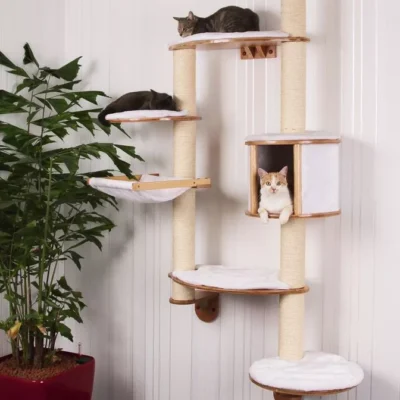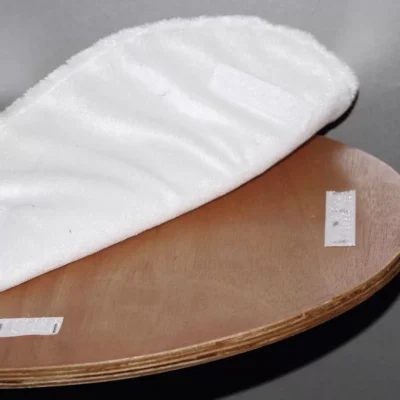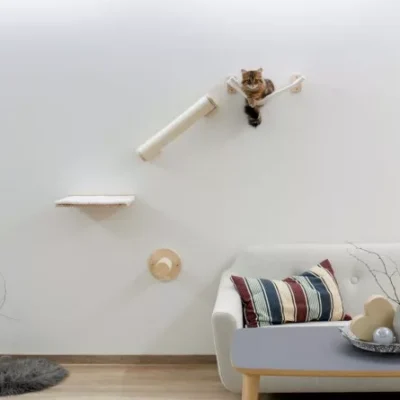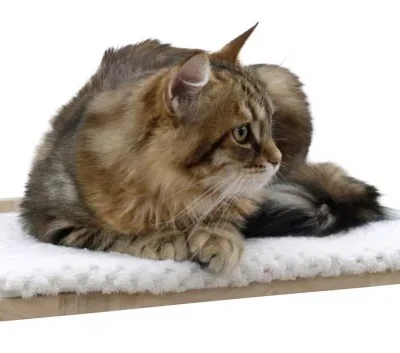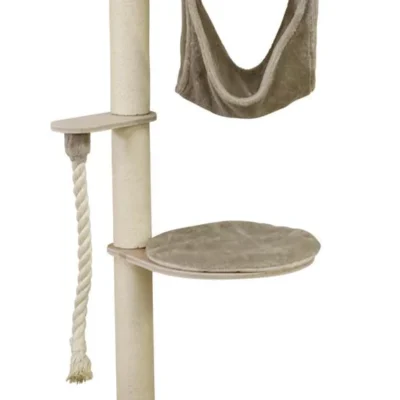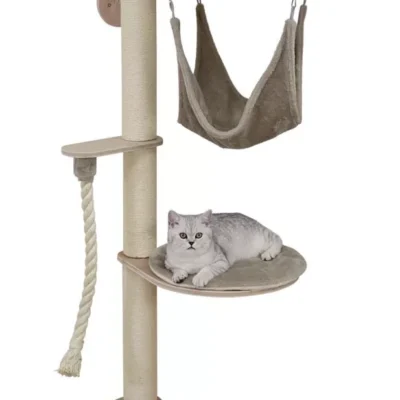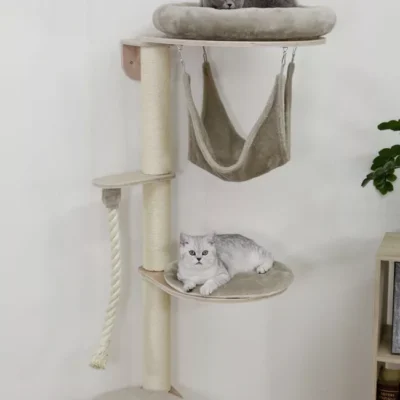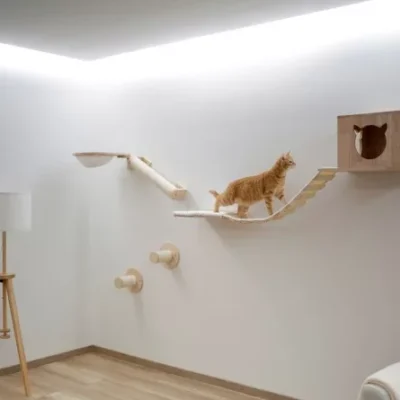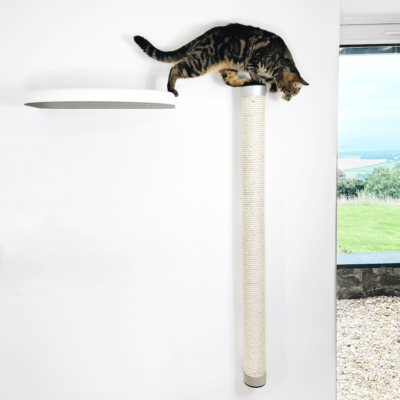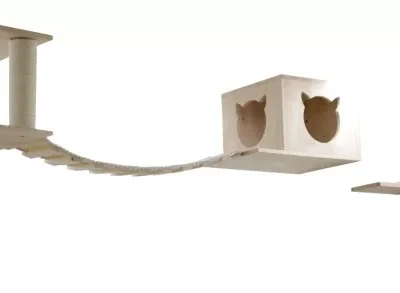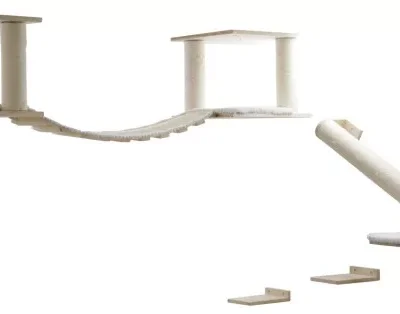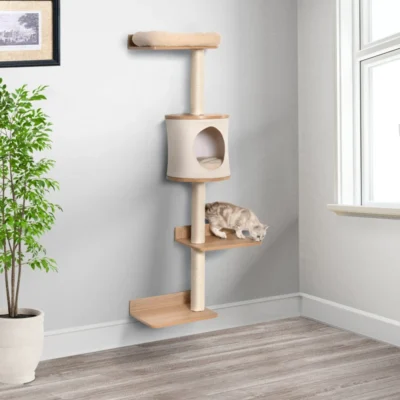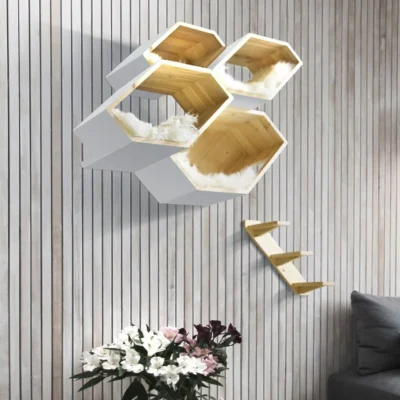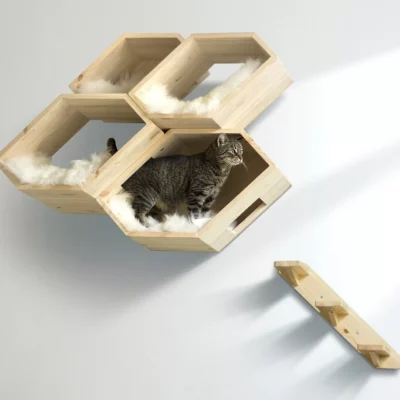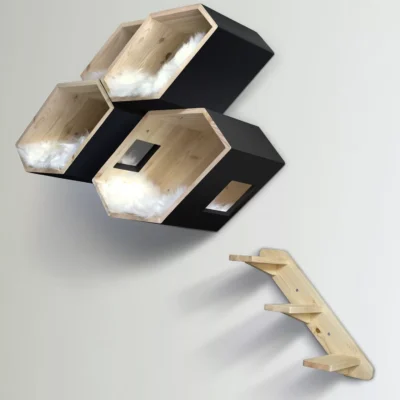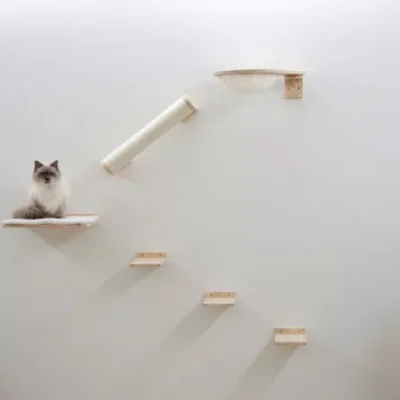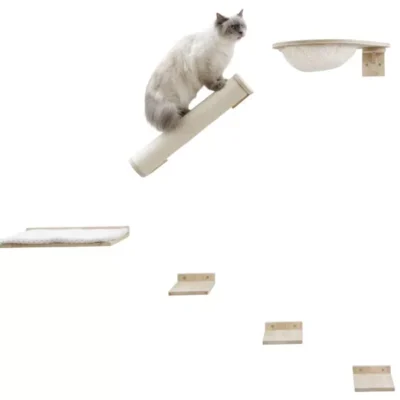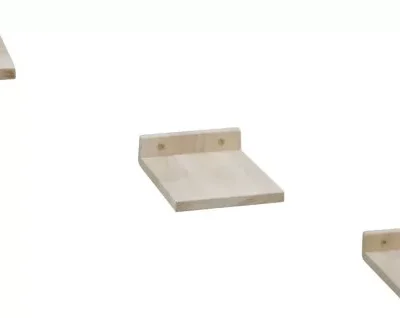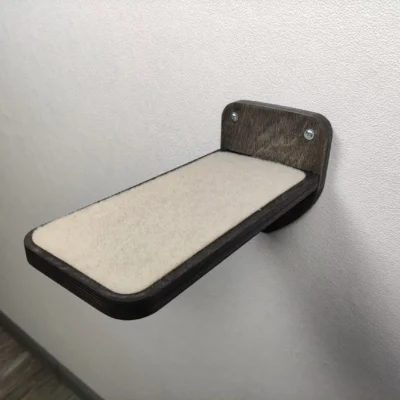Frugal Feline Fun: Making DIY Cat Toys on a Budget
Cats are naturally playful, and keeping them engaged is crucial for their well-being. Fortunately, entertaining your feline friend doesn’t require expensive purchases. You can easily craft fun and budget-friendly DIY cat toys at home. Along with these creative ideas, it’s crucial to prioritize safety when making homemade toys.
One simple and effective DIY toy is the “Crinkle Ball.” You just need a piece of aluminum foil. For added fun, include small bells or jingle bells. Crumple the foil into a ball, and if using, place a bell inside before tightly rolling it. This crinkle ball can provide endless fun, encouraging your cat to chase and bat.
“Sock Catnip Toys” are another affordable option. Repurpose old, clean socks by filling the toe part with catnip and tying a knot at the open end. Trim excess fabric, and you have a catnip-filled sock toy for your cat to swat and pounce on.
For a more engaging toy, try a “Cardboard Roll Puzzle Feeder.” Save empty cardboard paper towel or toilet paper rolls. Flatten the roll and make inch-apart cuts, leaving about half an inch uncut at each end. Fold the cut sections inward to create a puzzle structure. Place treats or kibble inside, and watch your cat work to retrieve them.
When making DIY toys, safety is paramount. Use non-toxic materials and avoid small parts that could be ingested or cause choking. Supervise your cat during play, especially with toys containing small components. Regularly inspect the toys for damage, replacing them if necessary.
Be cautious with string-based toys, as loose strings can be a strangulation hazard if ingested or wrapped around the cat’s neck. Use catnip in moderation to avoid overstimulation, as reactions can vary among cats.
In summary, making DIY cat toys is an enjoyable, cost-effective way to engage your cat. By combining creativity with safety guidelines, you can provide hours of entertainment and mental stimulation for your cat without overspending. Remember, your pet’s safety and well-being should always be the top priority when creating homemade toys.
Play with a Purpose: Cat Toys for Mental Engagement
Playtime is not just a physical activity for cats; it’s a critical element of their daily routine that provides mental stimulation and fulfills their innate instincts. This chapter focuses on the importance of mental engagement in a cat’s playtime, showcasing a variety of interactive toys that offer both mental and physical enrichment. We’ll also look into puzzle feeders, treat-dispensing toys, and other stimulating options to keep your cat both entertained and intellectually engaged.
Cats benefit greatly from mental stimulation during playtime. It helps prevent boredom, which can lead to undesirable behaviors like excessive grooming or furniture scratching. Mentally engaging activities keep their minds active and alert. Additionally, mental stimulation is key in reducing stress and anxiety, leading to a happier, more relaxed pet. Interactive play and toys allow cats to mimic natural hunting behaviors, offering a combination of mental and physical stimulation. Shared playtime with interactive toys also strengthens the bond between you and your cat.
Puzzle feeders are an excellent way to combine mealtime with mental stimulation. These feeders require cats to work for their food, slowing down their eating and providing a fun challenge. Examples include treat balls that dispense treats as they’re played with, food maze bowls that require cats to navigate for their meals, and feeders with hidden treats that need pawing or manipulation.
Treat-dispensing toys are designed to release treats or kibble during interaction, keeping cats motivated and engaged. Popular choices include the Kong Classic, filled with treats or wet food; the Catit Senses 2.0 Food Tree, which releases treats as cats bat at it; and the SmartyKat Hot Pursuit, an electronic toy that stimulates hunting instincts with a moving feather.
Laser pointers and interactive laser toys are excellent for mental and physical stimulation, as cats chase the elusive dot. However, it’s crucial to avoid shining the laser directly into your cat’s eyes to prevent eye damage.
Feather wands and teaser toys engage a cat’s predatory instincts. By swinging and dangling these toys, you encourage your cat to jump, pounce, and bat, providing both mental and physical exercise.
In summary, using interactive toys in your cat’s playtime is a fantastic way to provide mental stimulation, alleviate boredom, and enhance their quality of life. These toys emulate natural behaviors, strengthen your bond with your cat, and contribute to their contentment and fulfillment.
To keep playtime interesting, regularly rotate toys and pay attention to your cat’s preferences. This ensures they receive the necessary mental enrichment for their overall well-being.
Old School Cat Play: Classic Toys and Games for Your Kitty
Classic cat toys and games have long been a source of enjoyment and bonding for cats and their owners. In this chapter, we’ll explore these enduring favorites, such as feather wands and laser pointers, offering advice on safe and enjoyable play, and suggesting creative twists to keep your cat engaged.
Feather wands are a classic cat toy that simulate the movements of prey. To engage your cat, gently sway the wand to mimic birds or insects, awakening your cat’s predatory instincts. Allow occasional “captures” to give your cat a sense of accomplishment.
Laser pointers are another favorite, providing an engaging moving target for cats. It’s important to use them responsibly; avoid shining the laser directly into your cat’s eyes. Conclude play sessions with a tangible reward to fulfill your cat’s hunting instincts.
Safety is a key consideration. Always supervise play to ensure your cat doesn’t ingest small parts. Rotating toys and checking their condition adds variety and maintains excitement, while replacing worn toys ensures safety.
Here are some variations to enhance classic play:
- Laser Chase with Treats: Integrate treat-dispensing toys with laser pointer play. Lead your cat to a treat dispenser with the laser, adding a rewarding element to the chase.
- DIY Feather Wands: Create your feather wands by attaching feathers to a stick with a string. Experiment with different types and sizes of feathers to keep playtime interesting.
- Interactive Laser Toys: For times when you can’t play, consider automatic laser toys that move the laser dot independently, providing mental and physical stimulation for your cat.
In summary, classic cat toys and games are a wonderful way to stimulate your cat both mentally and physically while strengthening your bond. By following safety guidelines and introducing creative twists, you can ensure that playtime remains an exciting and enriching experience for your cat. These activities are not just fun but also play a crucial role in your cat’s overall health and happiness.
The Ultimate Kitty Playground: Indoor Obstacle Courses and Play Zones
For indoor cats, having access to physical and mental stimulation is key to their well-being. This chapter focuses on setting up indoor obstacle courses and play zones, offering creative ideas and highlighting the benefits of having designated play areas in your home.
To create a stimulating indoor environment, first choose a space where your cat can play without interruptions. Ensure it’s well-ventilated, safe, and free from hazards like toxic plants or small ingestible objects.
Cats naturally love climbing, so incorporating cat trees, shelves, or wall-mounted cat tree perches can encourage this behavior. It provides physical exercise and satisfies their curiosity by allowing them to survey their territory.
Interactive toys and puzzle feeders scattered in the play area keep cats mentally stimulated. Toys that dispense treats or have moving elements are great for engaging their problem-solving skills.
Cats also need to scratch, so include scratching posts or pads in the play area. This can help protect your furniture and maintain their claw health.
When setting up an obstacle course, use items like cardboard boxes, tunnels, or fabric tents to create fun hiding spots and passageways. These elements cater to a cat’s love for exploring tight spaces and serve as play areas or safe retreats.
Include safe obstacles such as small hurdles or agility tunnels for your cat to navigate. Use everyday items like toys, tunnels, or blankets as makeshift obstacles to encourage exploration.
Regularly rotate toys to maintain your cat’s interest. Introducing new toys periodically reignites their curiosity and keeps them engaged.
Designated play areas offer several benefits. They provide mental engagement through exploration and interaction with toys and are crucial for physical activity, helping prevent obesity. Additionally, these areas help alleviate boredom in indoor cats, reducing destructive behaviors.
Spending time in the play area with your cat also strengthens your bond, making you an integral part of their playtime routine.
In summary, indoor obstacle courses and play zones transform your home into an exciting playground for your cat. These spaces offer mental stimulation, physical exercise, and help prevent boredom in indoor cats. By setting up a designated play area, you enhance your cat’s indoor life, ensuring they remain happy and healthy.
A Happy Cat’s Guide to Safe and Enjoyable Play
Playtime is a crucial aspect of a cat’s physical and mental health, and it’s important to ensure it’s both safe and enjoyable. This chapter offers tips to make cat playtime enriching and positive, focusing on safety, supervision, and the introduction of new toys and activities.
Safety during playtime is paramount. Choose toys specifically designed for cats, avoiding those with small parts that could pose a choking hazard. Regularly inspect toys for damage, discarding any that are worn or broken to prevent injuries. Be especially careful with string or thread toys, as they can be hazardous if ingested. Always supervise your cat during play with such toys.
When using laser pointers, avoid shining the laser directly into your cat’s eyes to prevent eye damage. Finish laser pointer play sessions with a tangible reward like a treat or physical toy, fulfilling their hunting instincts.
Active supervision is key during playtime, particularly with toys involving small parts, strings, or feathers. Monitor your cat closely to prevent accidents and intervene gently if play becomes too rough or poses a risk of injury. Be calm and gentle when redirecting their focus to prevent stress.
Watch for signs of overexertion or exhaustion, such as excessive panting or tiredness, and end the play session if your cat shows these signs.
Introduce new toys and activities gradually to avoid causing fear or anxiety. Allow your cat to explore new toys at their own pace. To keep playtime interesting, rotate toys regularly to maintain your cat’s curiosity. Experiment with different textures like feathers, crinkly fabric, or soft plush to find out what your cat enjoys the most.
In summary, making cat playtime safe, engaging, and enjoyable is essential for your and your cat’s well-being. By adhering to safety guidelines, supervising play, and thoughtfully introducing new toys, you can ensure playtime is a beneficial and enriching experience. Regular play is not only a source of exercise and bonding but also crucial for your cat’s mental stimulation and overall happiness.
The Takeaway
Throughout this comprehensive blog series, we’ve explored the intricate world of cat playtime, covering everything from understanding your cat’s play style to creating DIY toys, discovering interactive playthings, and enjoying classic cat games. As we wrap up, let’s recap the essential points and underscore the importance of indoor play for your cat’s health and happiness.
One key insight is the diversity in cats’ play styles and personalities. Recognizing and catering to these individual preferences is vital for a rewarding and enriching play experience. Crafting homemade cat toys can be an economical and fun project, but safety is paramount. Using non-toxic materials and regularly inspecting toys for damage is crucial for your cat’s safety.
Interactive toys have proven to be invaluable in providing mental and physical stimulation. They not only alleviate boredom and enhance the bond between you and your cat but also cater to their natural instincts. While classic toys like feather wands and laser pointers remain popular, it’s important to prioritize safety during play.
Setting up designated play areas in your home, equipped with climbing structures, interactive toys, and safe obstacles, enriches your cat’s indoor environment. These areas offer crucial mental and physical stimulation, helping to prevent obesity and minimize destructive behaviors. We’ve emphasized the importance of safety guidelines, including active supervision and awareness of signs of exhaustion, to ensure a positive play experience.
In conclusion, indoor play is an essential aspect of a cat’s well-being. It maintains their physical health, stimulates their mind, and strengthens the bond you share. We encourage you to share your experiences and ideas about cat playtime, creating a community that celebrates the joy and well-being of our feline friends. Together, we can continue to find innovative ways to keep our cats engaged, healthy, and happy through the power of play.

